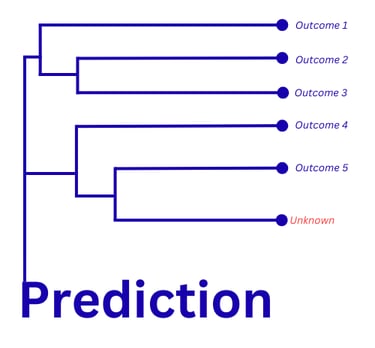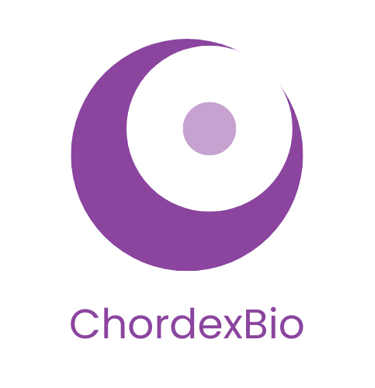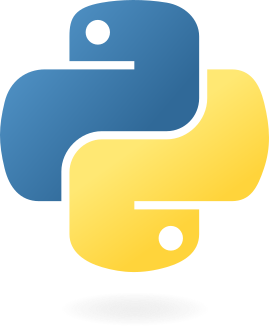A deep learning-based phylogenetic tool powered by TIPs-VF
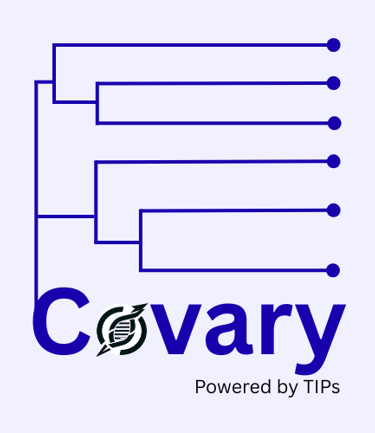

Clustering with embeddings
Pair-wise clustering with heatmap
Clustering with phylogenetic tree
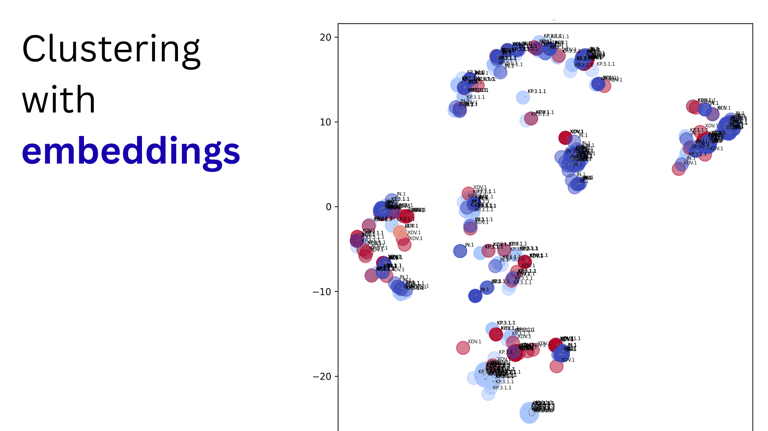

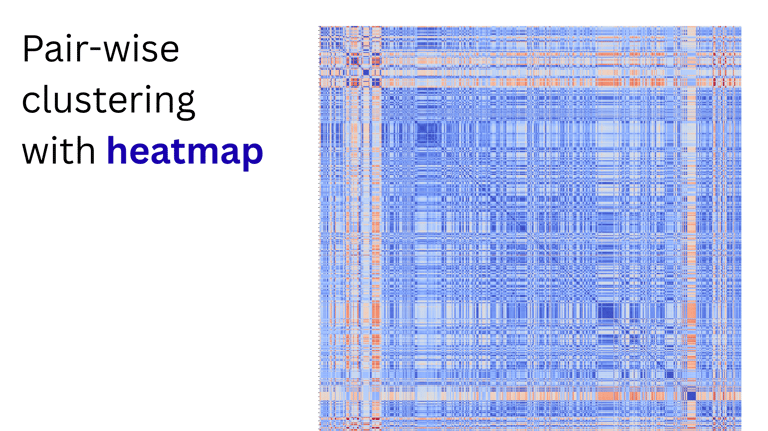

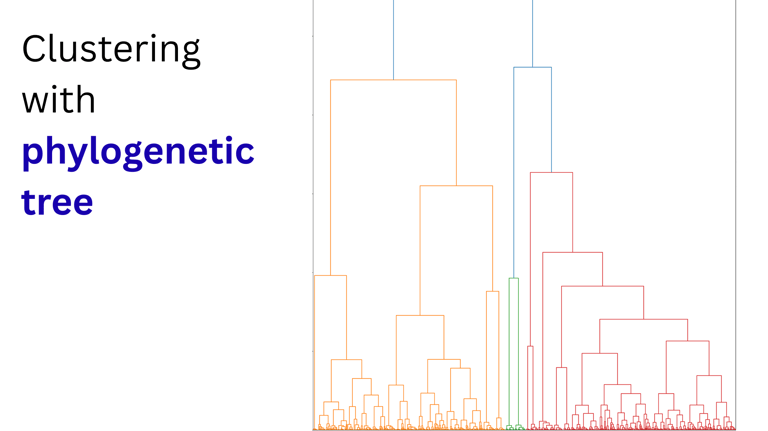

Features:
Performance validations
Classification: Involves grouping sequences into defined categories or taxonomic ranks. Covary classifies genetic samples by comparing their embeddings against established or reference clades, enabling rapid placement into evolutionary lineages. For example, researchers can classify newly sequenced bacterial strains to determine whether they belong to existing species or represent novel taxa.
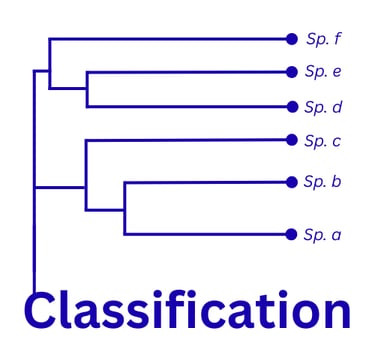

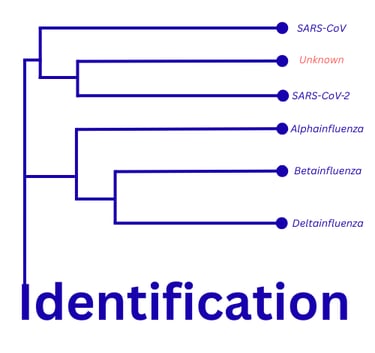

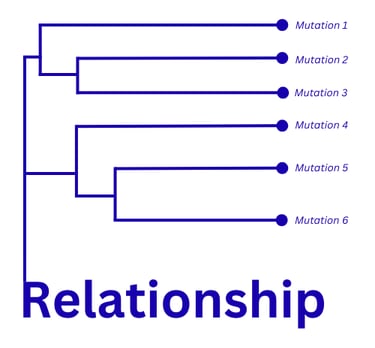

Use cases:
Publications
Nothing to display yet.
